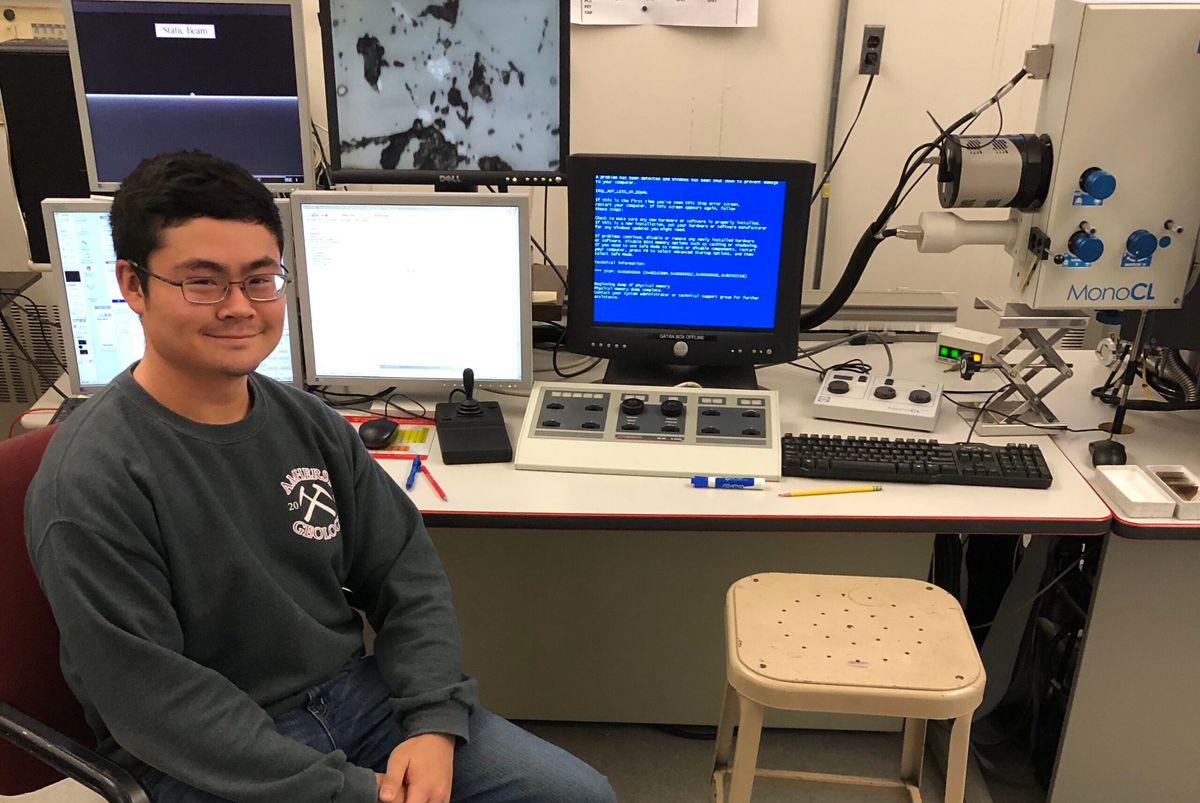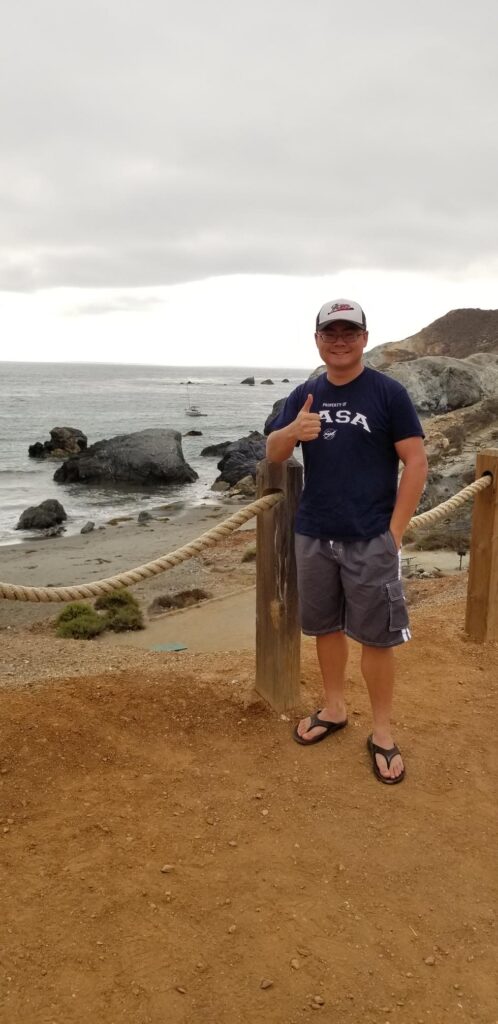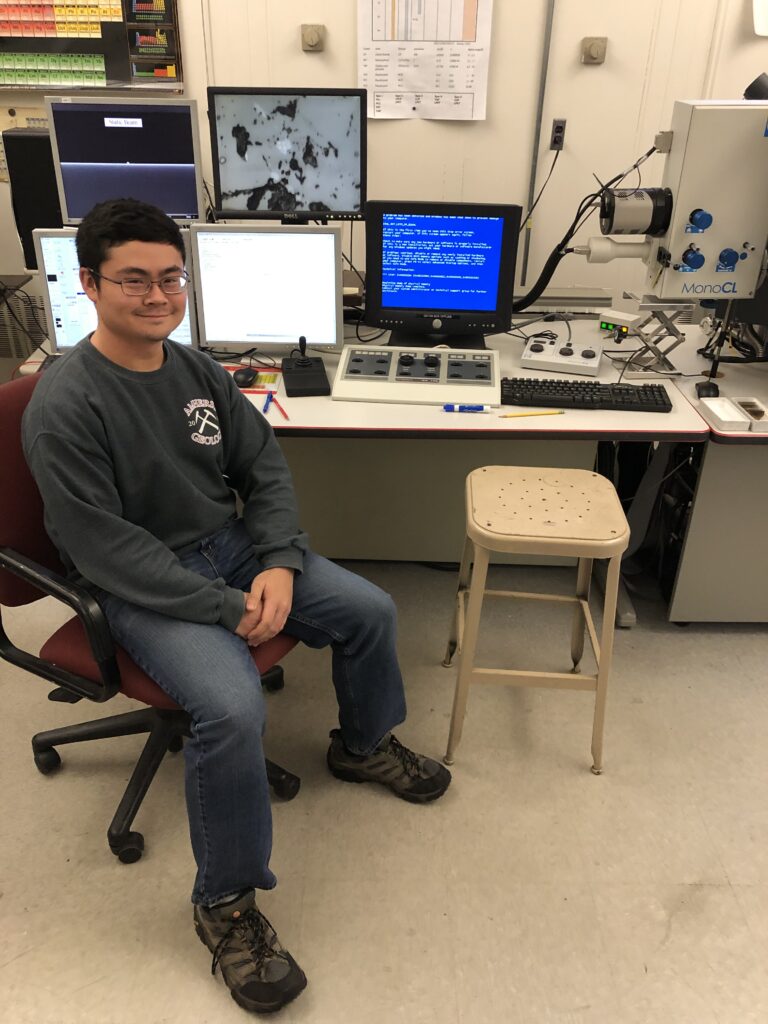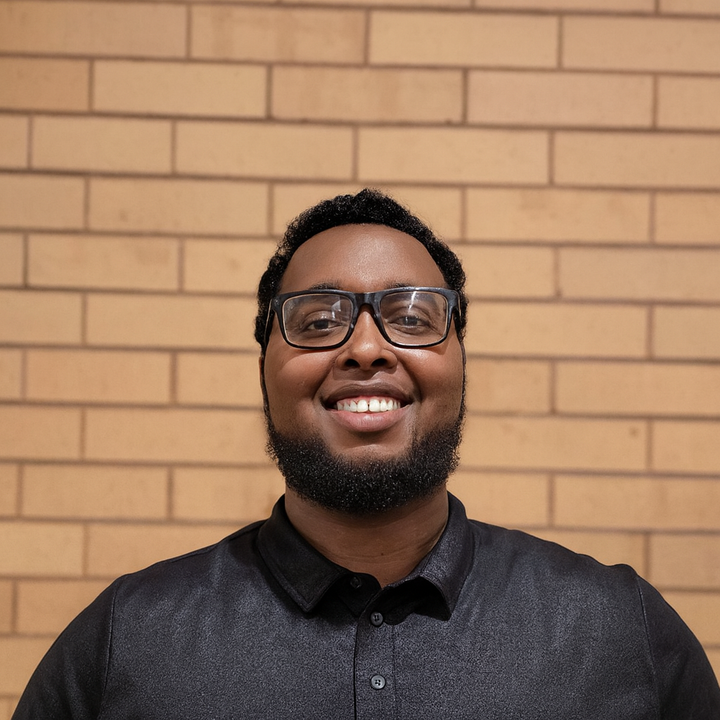Eric Hasegawa: A Steady and Disciplined College Career


When speaking to Eric Hasegawa ’20, I was impressed by his steadiness and focus that came across vibrantly even over our Zoom conversation. They’re qualities his thesis advisor, Jack Cheney, professor of mineralogy and geology and associate provost and associate dean of the faculty, praised as key to helping Hasegawa complete his thesis on metamorphic petrology.
This focus on following what he cares about directed Hasegawa’s pursuit of his geology major and the academic accolades it brought.
His unwavering passion has driven him to succeed as a leader in his unusual extracurriculars, like archery and Kendo. And, certainly, it’s this clear-sightedness that’s given him a calm approach to the uncertainty that cast over the class of 2020 when this pandemic set everyone’s expectations off-course.
Choosing Liberal Arts at Amherst
Hasegawa grew up in rural Highland, Maryland and wanted to attend a college that was in a similar setting. The small liberal arts colleges of the Northeast were thus an ideal fit. Like many other Amherst students, the open curriculum drew Hasegawa to the school. As a self-described STEM person, he wanted to be able to take the classes he liked and focus on his interests. Furthermore, the freedom to select a major whenever he wanted instead of going into a specialized program immediately was very appealing.
This turned out to be a smart choice because Hasegawa originally thought he would be a chemistry major and completed its course requirements through organic chemistry.
However, in the fall of his sophomore year, Hasegawa took Principles to Geology, the department’s introductory course, and enjoyed the idea of applying chemistry outside of the laboratory in order to understand how it affects the natural world. He said this wasn’t always emphasized in chemistry classes.
“Most of the time you’re synthesizing some molecule that you don’t really have a good idea of how it fits into everyday life,” he said, adding that he considers himself to be more of a geochemist in that he wants to apply chemistry to the natural world.
Geology in the Field
In the summer of 2018, following his sophomore year, Hasegawa traveled to Santa Catalina Island off the coast of California to participate in a Keck Geology summer program, part of the Keck Geology Consortium, which promotes undergraduate research in geology. The five-week introductory program focused on looking at the mineralogy — the study of the chemical compositions of minerals — of samples from Santa Catalina Island.
Going into the summer with little geology experience, the program helped develop Hasegawa’s interest in metamorphic petrology, which examines the ways in which rocks form, and geology research as a whole. That summer, metamorphic rocks were the focus of Hasegawa’s Keck research, which ended up being the subject of his thesis.
Taking the Field into the Classroom
In the fall of his junior year, following the experiences he gained from Keck, Hasegawa took a mineralogy class and signed up to take igneous and metamorphic petrology the next semester.
Because of this, Cheney, who later became Hasegawa’s thesis advisor, offered him the opportunity to research rock samples from islands on the Greek Cyclades that involved metamorphic petrology, which appealed to Hasegawa since he had a great time doing similar metamorphic research on Catalina Island.
This past summer, before his senior year, Hasegawa participated in the Gregory S. Call Undergraduate Research Program at Amherst to research the rocks that he would be analyzing in his senior thesis.
He worked very closely with a group of researchers at Rensselaer Polytechnic Institute (RPI) and spent 10 days there using equipment to do QuiQ barometry and ZIR thermometry. The ability to do most of the data collection during the summer helped Hasegawa’s thesis immensely, giving him a head start into his senior year.

Ultimately, his thesis analyzed metamorphic rock samples from the Greek island Ios to find the highest temperature and pressure at which these rocks were formed deep underground. This gives insight into the overall tectonic history and motion of the Aegean region. By finding these pressures and temperatures, one can then compare them to other known temperatures and figure out certain relationships between different rocks, which can imply how tectonic plates have shifted.
Hasegawa was very pleased with his thesis because he and Cheney were able to find a precedent-setting answer, which isn’t always the case in undergraduate theses. He elaborated that “We were able to further constrain the tectonic and pressure temperature of [Ios] in a way that previous researchers hadn’t been able to do before.” He modestly added, “Yeah, it was pretty good.”
Reflecting on the thesis as a whole, Cheney remarked, “I have been particularly impressed with Eric’s determination, independence and his ability to finish what he starts. Although a complicated and difficult spring, Eric’s curiosity and interest in his project resulted in a stellar thesis.”
Ultimately, the thesis was an experience that Hasegawa really enjoyed, and it allowed him to also reflect on the greater lessons he learned about his personal research interests. While Hasegawa initially thought metamorphic rock was a research field he wanted to explore more, throughout his thesis project, he “realized he like[s] other things more.”
He elaborated that he was interested in geochemistry but perhaps more drawn to sedimentary rocks and expressed interest in exploring these fields more in graduate school.
Discipline Beyond Rocks
Outside the world of geology, Hasegawa has a busy life. He has been dancing since he was six years old and was a member of the Intersections Dance Company at Amherst.
Joining his junior year, Eric choreographed a dance, which the troupe performed in a fall show. He really enjoyed the new challenge that choreographing brought because it is something he had little experience doing. Hasegawa shared, “I really enjoy dancing, especially ballet, because it can be a very disciplined activity.” I can see how this hobby outside of academia carries over to his similarly disciplined intellectual pursuits.
Another physical activity Hasegawa does is Kendo, which he described as Japanese fencing. Hasegawa has a black belt in Kendo and was able to practice at a dojo nearby Amherst throughout his time at the college.
Hasegawa also values Kendo for its required discipline. He added, “It’s also a culturally significant activity that introduced me to many aspects of Japanese culture that I was unaware of. I’m a fifth-generation Japanese American, so I never really had strong ties to Japanese culture.”
Moving Forward and Holding On
Moving forward in this time, pursuing a career in the unknown of the imminent future is challenging. Perhaps a sense of nostalgia for the friendships and relationships made through college is a steadying force. Hasegawa expressed gratitude for the friends he made his first year at Amherst and with whom he’s been able to spend four years.
“Most of my close friends at Amherst lived on my floor freshman year,” he said. The bond made throughout this time becomes all the more important as we move forward in a world changed by the coronavirus.
Hasegawa’s friend Juhwan Jeong ’20 reflected on their college experience together and was nostalgic of everything they’ve accomplished at Amherst. He said, “I first met Eric freshman year as a fellow resident of James 3rd. Since then he’s become one of my best friends throughout college. For four years, I’ve seen his lows and highs. For example, I will never forget the one late cramming session at 4 a.m. in Greenway basement where I ordered a whole Domino’s pizza for myself and Eric, and an entire [two liter] coke.”
“On the other hand, he’s grown to be excellent at the numerous activities and responsibilities such as Kendo, archery, dance, thesis, academics and interpersonal relationships. I’m very proud of all that Eric’s achieved,” he continued.
These memories are important to hold on to as the senior class moves towards future aspirations.
When I asked Hasegawa about his future plans, he expressed a notable stoicism in the face of this pandemic’s uncertainty. Instead of focusing on the unknown variables of the future, Hasegawa lays out his plan in a deliberate manner.
Hasegawa described how he was planning on taking some more classes during the fall and applying to graduate school the following year so that he can pursue a Ph.D. in geology. In other words, Eric is going to handle what is in his control, and he is going to take his first steps after graduation one at a time. I have no doubt that Hasegawa will find success in his future geological pursuits.





Comments ()